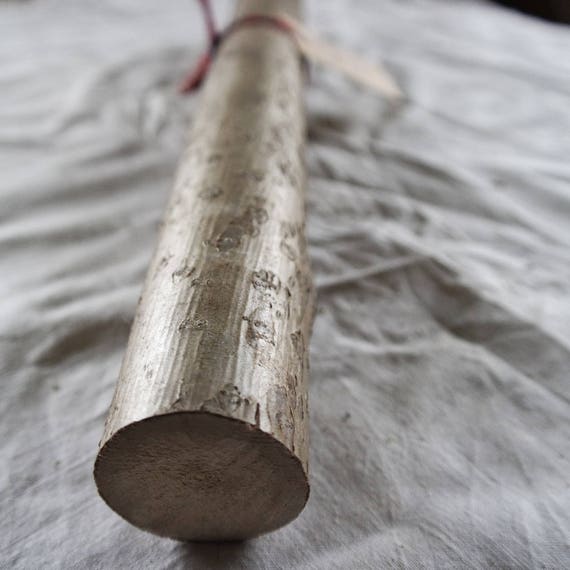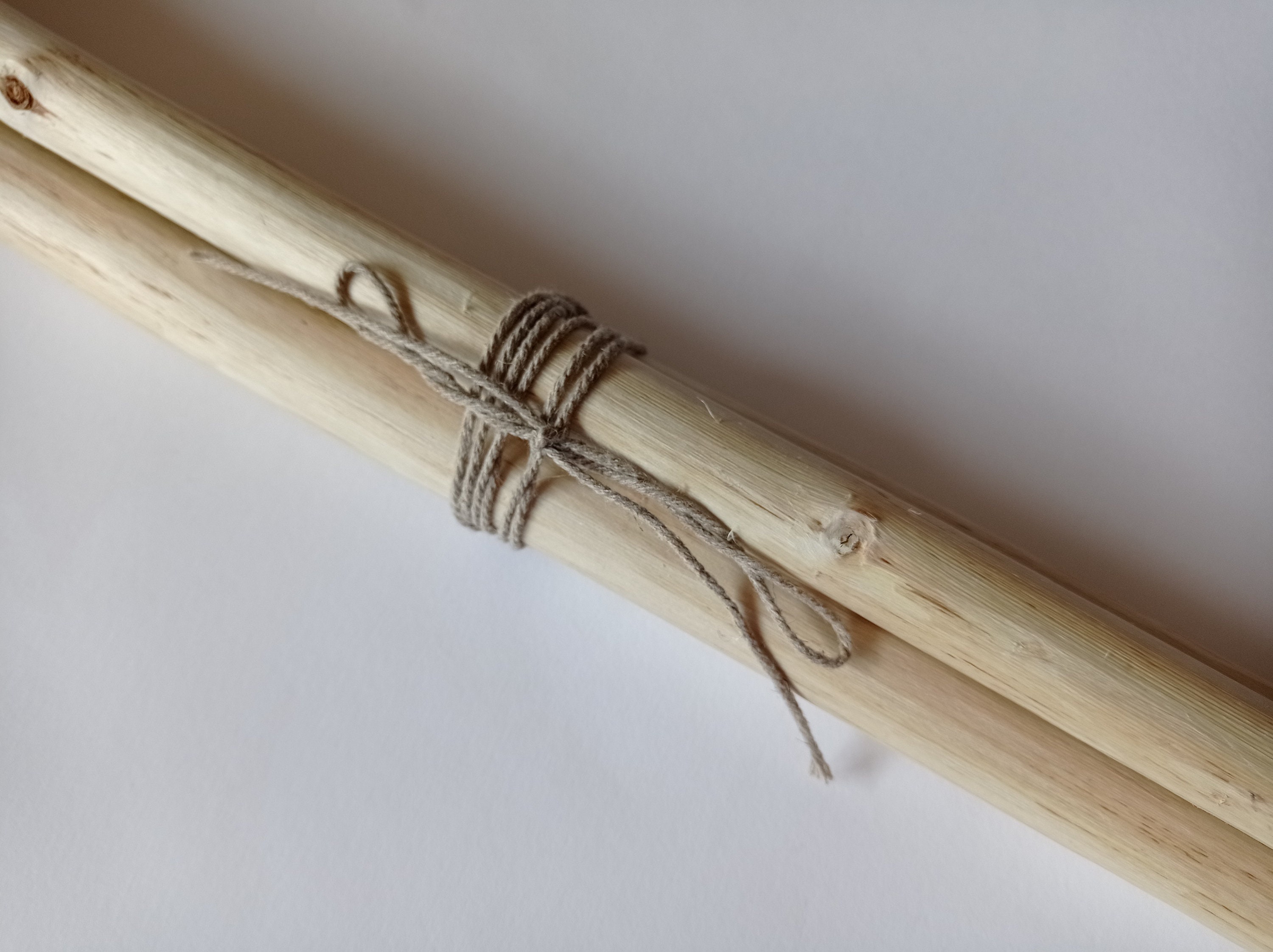

For example, at the Mitchell Site on the northern outskirts of the city of Mitchell, South Dakota, willow has been found as the wattle material of the walls of the house. In different regions, the material of wattle can be different. The wattle may be made as loose panels, slotted between timber framing to make infill panels, or made in place to form the whole of a wall. The wattle is made by weaving thin branches (either whole, or more usually split) or slats between upright stakes.
HAZEL STICK TO ATTACH THATCHED ROOFS PATCH
Construction A woven wattle gate keeps animals out of the 15th century cabbage patch ( Tacuinum Sanitatis, Rouen) A review of English architecture especially reveals that the sophistication of this craft is dependent on the various styles of timber frame housing.

Vitruvius refers to it as being employed in Rome.

It continued to flourish well into the New Kingdom and beyond. Įvidence for wattle and daub (or "wattle and reed") fire pits, storage bins, and buildings shows up in Egyptian archaeological sites such as Merimda and El Omari, dating back to the 5th millennium BCE, predating the use of mud brick and continuing to be the preferred building material until about the start of the First Dynasty. Fragments from prehistoric wattle and daub buildings have been found in Africa, Europe, Mesoamerica and North America. There are suggestions that construction techniques such as lath and plaster and even cob may have evolved from wattle and daub. Its usage dates back at least 6,000 years. In Africa it is common in the architecture of traditional houses such as those of the Ashanti people. It was common for houses of Linear pottery and Rössen cultures of middle Europe, but is also found in Western Asia ( Çatalhöyük, Shillourokambos) as well as in North America ( Mississippian culture) and South America ( Brazil). The wattle and daub technique was used already in the Neolithic period. History A wattle and daub house as used by Native Americans of the Mississippian culture Many historic buildings include wattle and daub construction. Wattle and daub has been used for at least 6,000 years and is still an important construction method in many parts of the world. Wattle and daub is a composite building method used for making walls and buildings, in which a woven lattice of wooden strips called wattle is daubed with a sticky material usually made of some combination of wet soil, clay, sand, animal dung and straw. Building technique using woven wooden supports packed with clay or mud


 0 kommentar(er)
0 kommentar(er)
